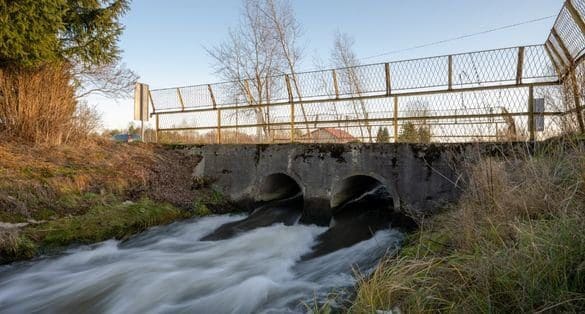Understanding Rehabilitation and Relining Culverts


As the years go by, culverts slowly dilapidate and fall apart, needing repair or replacement. However, replacing them can be time-consuming and interrupt business by closing off traffic. When you’re a structural steel pipe market business, you want to provide dependable, high-quality structural pipe solutions for your customers and the public.
Culvert rehabilitation and relining help with most culvert repairs, which are often minor and will improve structural integrity. Once you repair them, rehabilitation methods and procedures will improve culvert performance and extend its service life span. So, here’s a basic overview of culvert rehabilitation, how culvert failure occurs, and the benefits of rehabilitation.
What Causes Culvert Failure?
Culvert failure occurs for many reasons; a culvert is a man-made channel that allows water to Travel underneath railroad tracks, driveways, roads, and more. They aid in directing the flow of water, preventing washed-out roads and erosion damage.
Some instances of culvert failure include erosion, clogging, and wood debris. If the entrance of a culvert becomes blocked by large pieces of wood, water won’t pass through properly. Over time, items caught on the wood pieces create a thick mat of debris, leading to erosion. Erosion is another contributing factor to the collapse of culverts, impacting their life spans.
Culvert Rehabilitation vs. Replacement
Culvert rehabilitation and relining differ significantly from complete culvert replacement. Culvert rehabilitation is considerably less expensive and time-consuming and less disruptive to the traveling public than full culvert replacement.
There are other considerations when choosing between replacement and rehabilitation, including traffic count, buried culvert depth, and the size of the existing culvert. Regarding life expectancy and cost, culvert rehabilitation is the better choice.
Benefits of Culvert Rehabilitation
Culvert rehabilitation has many benefits. It requires no roadway shutdowns or traffic rerouting; it also minimizes drainage disruption, causes no pavement or roadway embankment disruption, and lowers costs. Moreover, there are helpful methods of culvert rehabilitation for each specific project, including culvert slip linings, which eliminate traffic disruption and increase repair costs. Other methods include culvert spray linings, culvert CIPP (cured-in-place pipelining), and CMP plate liners. Lastly, it’s significantly faster and more cost effective than a full replacement.
When you’re in a structural steel pipe business, providing culvert solutions will improve the quality of life and increase safety. While each project differs, it’s crucial that you provide a solution to culvert repairs.
Originally Published on https://www.breakfastleadership.com/
























